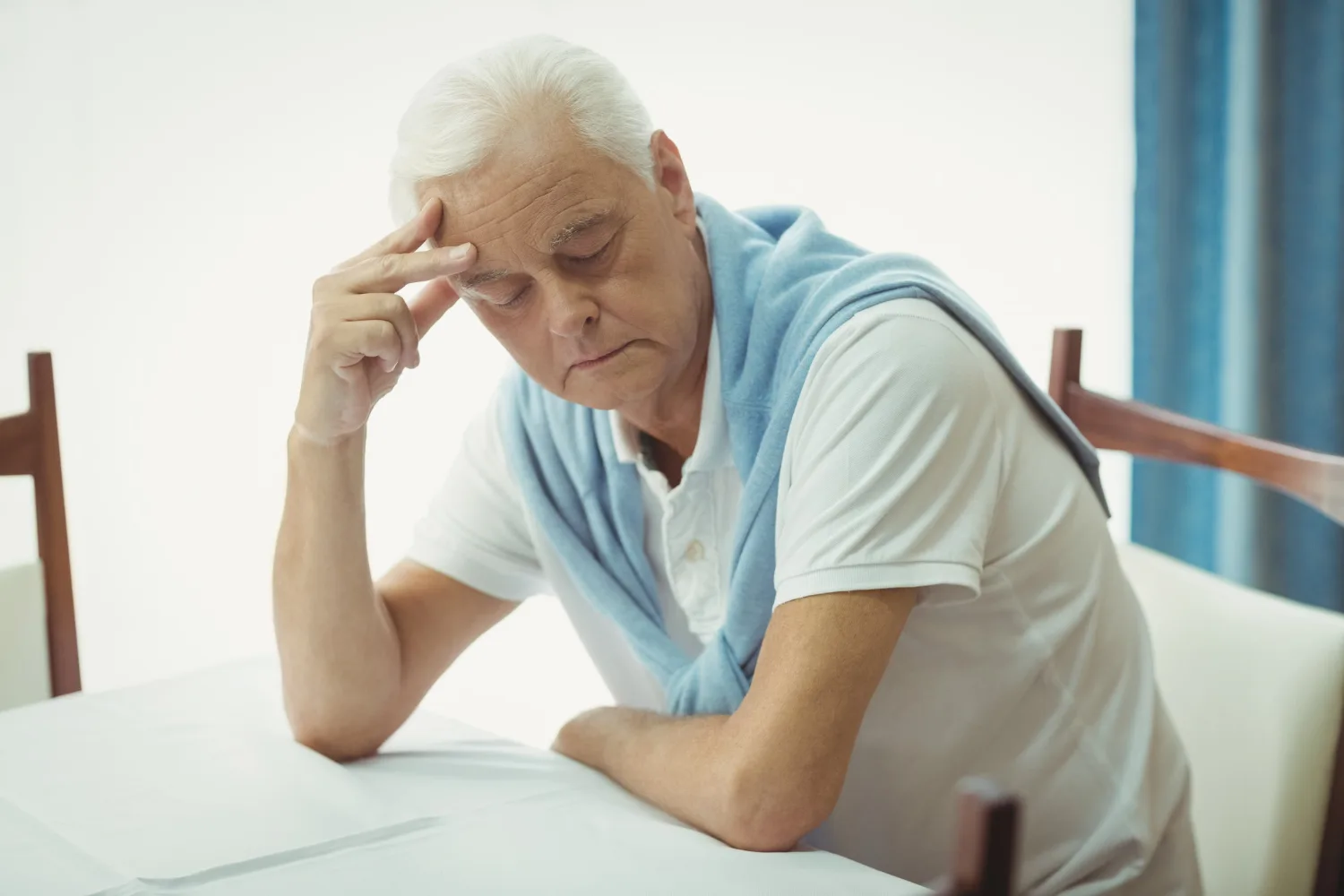On November 6, the third National Technical Meeting on reducing the burden of stroke in Ukraine took place. The main focus of the event was improving the quality of medical services and enhancing treatment outcomes for stroke patients. The event was attended by representatives from the Ministry of Health, the WHO European Office in Ukraine, the National Health Service of Ukraine (NHСU), the World Bank, as well as professional medical organizations and regional healthcare authorities.
Read more: UNICEF provides financial assistance to Ukrainian families in frontline areas for the winter period
Updated data and strategic development of stroke care
During the meeting, participants were presented with the results of monitoring the work of stroke services and discussed patient pathways, particularly the quality of care provided in cases of acute ischemic stroke. The meeting also addressed key achievements in stroke care development and analyzed the main needs for further improvements.
Participants highlighted the significant progress in the use of thrombolytic therapy for acute ischemic strokes in Ukraine, with the percentage of cases treated exceeding 11%, approaching the average European level. Despite the challenges posed by the ongoing war, Ukraine’s healthcare system continues to take steps to improve access to treatment and rehabilitation for stroke patients.
Importance of a multidisciplinary approach
Serhiy Dubrov, the First Deputy Minister of Health of Ukraine, noted that stroke remains one of the most significant health issues in the country, with stroke morbidity, disability, and mortality rates far exceeding the European average. However, in recent years, significant improvements have been made thanks to the establishment of stroke centers equipped with modern medical technology, such as angiographs, CT, and MRI machines, which allow for the extension of the “therapeutic window” for mechanical thrombectomy up to 24 hours.
It is important to note that treatment and rehabilitation for stroke patients are free of charge for patients, funded by the state under the Medical Guarantee Program.
Increased access to thrombolytic therapy
WHO representative in Ukraine, Jarno Habicht, emphasized that Ukraine has made significant progress in thrombolytic therapy usage, a key achievement for the country. Support from international organizations and close collaboration with the Ministry of Health and the NHСU has significantly improved the effectiveness of stroke treatment, bringing the application of thrombolytic therapy closer to the European average. According to WHO data, the rate of thrombolytic therapy application in Ukraine has surpassed 11%, with the trend continuing to rise despite the ongoing conflict.
Post-stroke rehabilitation
A separate session of the technical meeting focused on the topic of post-stroke rehabilitation. The discussion addressed standards of care, rehabilitation development trends in Ukraine, accessibility, and best global practices for providing rehabilitation during acute ischemic stroke treatment in healthcare facilities, as well as the potential for improving patient outcomes.
The rehabilitation system for stroke patients is part of the broader rehabilitation system being developed in Ukraine. Currently, the requirements for providing rehabilitation care during the acute phase of a stroke have been improved. Patients are now starting rehabilitation as early as possible during the acute phase to ensure better recovery outcomes.
Such rehabilitation care is included in the “Medical Care for Acute Stroke” package and is covered by the Medical Guarantee Program.
Access to medical services
A key factor in the fight against stroke is timely diagnosis and transporting patients to hospitals equipped with the necessary CT or MRI machines to accurately diagnose the condition. As of now, 227 hospitals across the country have contracted with the National Health Service of Ukraine to provide stroke care.
Conclusions
Despite the challenges posed by the ongoing war, Ukraine’s healthcare system continues to evolve, implementing new approaches to stroke treatment and rehabilitation. The improvement of stroke care, increased use of thrombolytic therapy, and the development of rehabilitation services are creating the foundation for better patient outcomes and reducing stroke-related disability and mortality in Ukraine.



